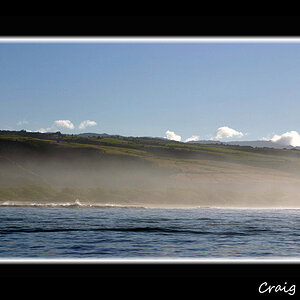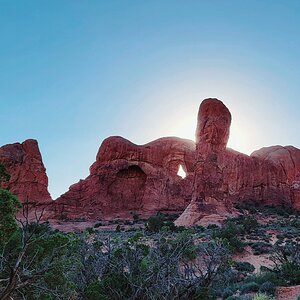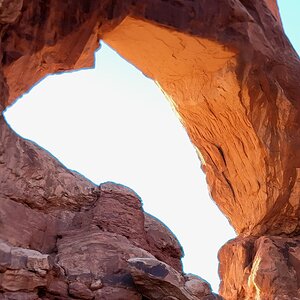- Joined
- Dec 16, 2003
- Messages
- 33,896
- Reaction score
- 1,853
- Location
- Edmonton
- Website
- www.mikehodson.ca
- Can others edit my Photos
- Photos NOT OK to edit
You can't (should be able to) select EC while in manual mode.
For example, on my cameras, EC is controlled with the thumb wheel...but if I switch to manual mode, the thumb wheel now controls the shutter speed (or is it aperture).
Basically, once you switch to manual mode...EC no longer exists.
For example, on my cameras, EC is controlled with the thumb wheel...but if I switch to manual mode, the thumb wheel now controls the shutter speed (or is it aperture).
Basically, once you switch to manual mode...EC no longer exists.




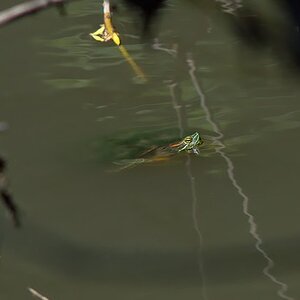
![[No title]](/data/xfmg/thumbnail/37/37629-fa70c9f81cc7da4d6a9b512502f9bf84.jpg?1619738155)
![[No title]](/data/xfmg/thumbnail/37/37627-c3d3ca879cdfbdb9e35acdcc7fcd4b3e.jpg?1619738154)
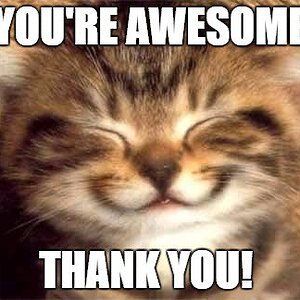

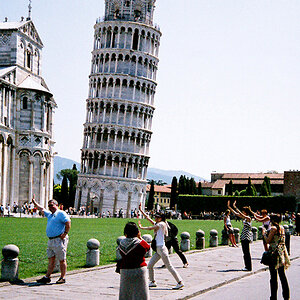
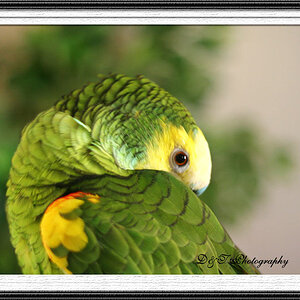
![[No title]](/data/xfmg/thumbnail/37/37626-4a6ffc3f17ab3a8e97170fda3276640e.jpg?1619738154)
![[No title]](/data/xfmg/thumbnail/35/35953-1a8b92df0115ff7026f31b78855ac815.jpg?1619737264)
